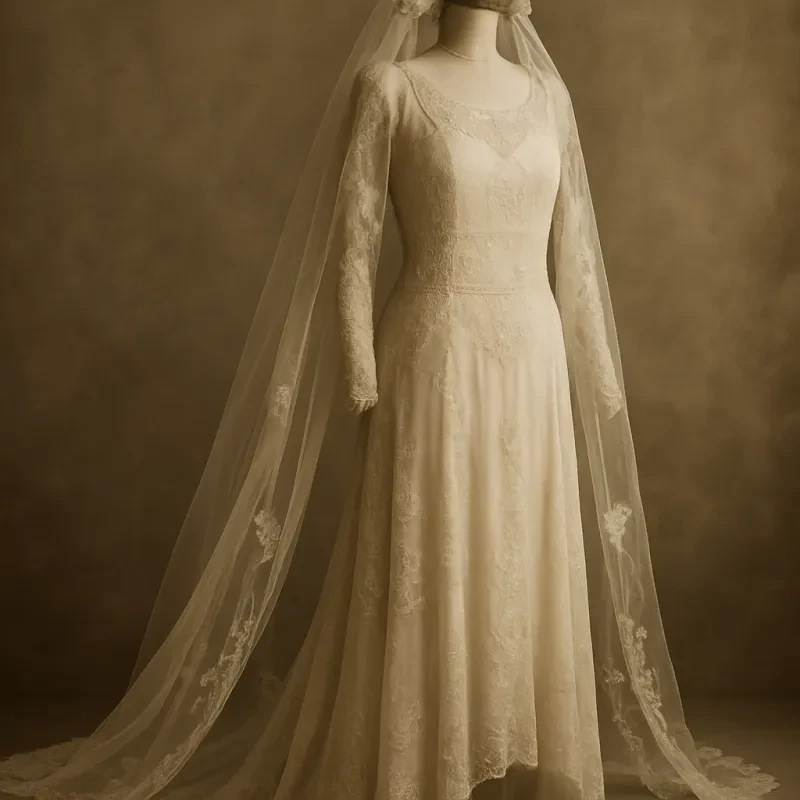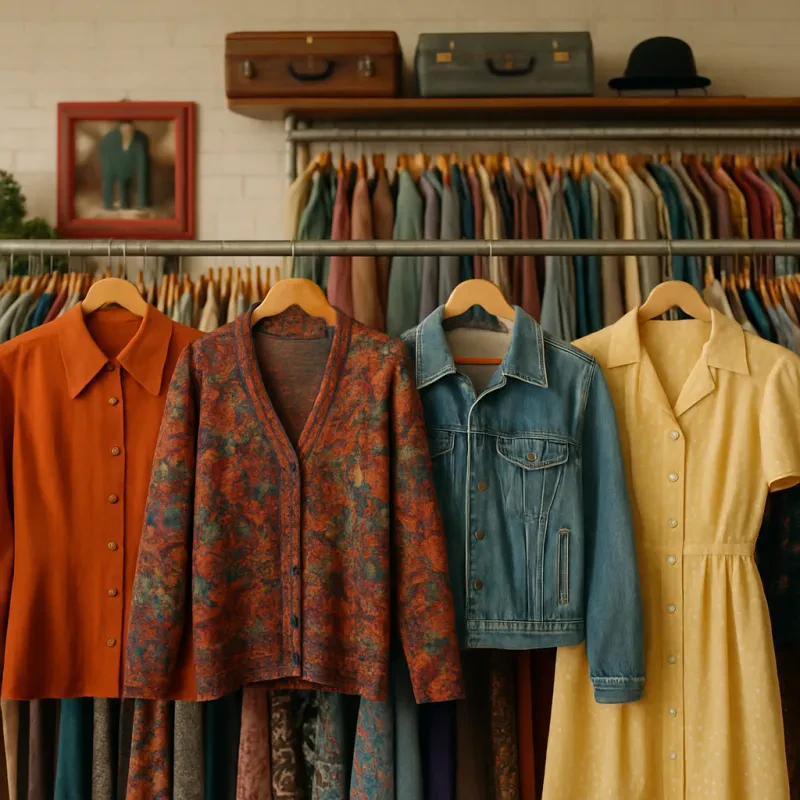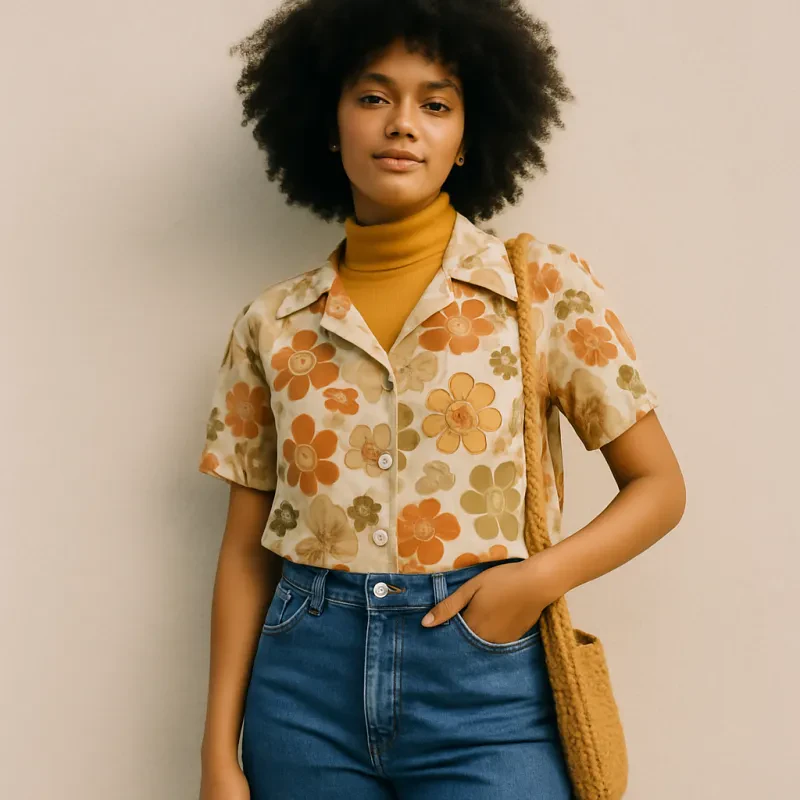The 1950s was a time of classic elegance in the world of fashion. Women's fashion in this era was characterized by tailored silhouettes, full skirts, and hourglass shapes that accentuated the waist. The hourglass figure was the ideal shape for women, and fashion trends of the time aimed to emphasize and enhance this natural curve. Dresses were often fitted at the bodice and then flared out at the waist, creating a timeless look that exuded femininity and sophistication.
One of the most iconic pieces of clothing from the 1950s is the full-skirted dress, which became a staple in every woman's wardrobe. These dresses were often made from luxurious fabrics such as silk and satin, and were adorned with intricate details like lace, ribbons, and bows. Accessories played a crucial role in completing the look, with women often wearing pearls, gloves, and chic hats to add an extra touch of elegance to their outfits.
Men's fashion in the 1950s was also characterized by a sense of refinement and sophistication. Men's suits were impeccably tailored, with a focus on clean lines and structured silhouettes. The classic gray flannel suit became a wardrobe essential for every man, and was often paired with a crisp white shirt and a skinny tie for a polished look. Slicked-back hair and polished shoes were the finishing touches that completed the sophisticated look of the 1950s man.
Bohemian Chic: 1960s Fashion Revolution
The 1960s in fashion was a time of rebellion and revolution, as the youth of the era rejected the traditional styles of the 1950s and embraced a more free-spirited and bohemian look. This shift towards individuality and self-expression was heavily influenced by the counterculture movements of the time, such as the hippie movement and the rise of feminism.
Bohemian chic style in the 1960s was characterized by flowing fabrics, ethnic prints, and a mix of textures and colors. The look was often accessorized with long flowing hair, headbands, and statement jewelry. This style was a stark departure from the structured and formal looks of the previous decade, as women embraced a more relaxed and carefree approach to fashion.
One of the most iconic symbols of the 1960s fashion revolution was the miniskirt, popularized by British designer Mary Quant. This daring and youthful style became a symbol of female empowerment and liberation, as women embraced their bodies and expressed their individuality through their clothing choices. The 1960s was truly a time of change and transformation in the world of fashion, as people began to use their clothing as a form of self-expression and rebellion against societal norms.
Retro Glamour: 1970s Disco Style
The 1970s disco style was all about vibrant colors, bold patterns, and glamorous accessories. This era was a time of freedom and self-expression, which is reflected in the fashion choices of the time. Disco was all about letting loose and having a good time, and the fashion followed suit with its flashy and flamboyant looks.
One of the key elements of 1970s disco style was the use of metallic fabrics and sequins. Shimmering disco dresses and glittering tops were a popular choice for both men and women who wanted to stand out on the dance floor. Platform shoes were also a must-have accessory, adding height and drama to any outfit.
Another signature look from the disco era was the wide-legged pantsuit, often paired with a silky blouse and statement jewelry. This sleek and sophisticated style was a nod to the elegant fashions of the 1950s, but with a modern twist that exuded confidence and glamour.
Overall, the 1970s disco style was all about embracing individuality and celebrating life through fashion. From the bold colors to the funky prints, this era was a time of fun and freedom that continues to inspire fashion trends today. So grab your disco ball and get ready to dance the night away in style!
Embracing Freedom: Fashion Evolution Through the Decades
The fashion landscape of the 1950s was marked by elegance and sophistication. Women embraced full skirts, cinched waists, and tailored silhouettes that exuded grace and femininity. Pastel colors and dainty accessories were all the rage, reflecting the societal norms of the time. Men, on the other hand, embraced sharp suits and polished looks that showcased their status and power.
As the 1960s rolled around, a seismic shift occurred in fashion that mirrored the cultural revolution taking place. The youth culture rebelled against the rigid fashion standards of the past decade, opting for more casual and daring styles. Mini skirts, bold patterns, and psychedelic colors dominated the scene, reflecting the newfound freedom and liberation of the era. Women's fashion became more androgynous, challenging traditional gender roles and embracing individuality.
By the 1970s, fashion had fully embraced the concept of freedom and self-expression. The rise of disco culture brought about flashy and glamorous styles that celebrated hedonism and excess. Bell-bottom pants, platform shoes, and shimmering fabrics were all the rage, reflecting the carefree attitude of the decade. Androgyny continued to be a driving force in fashion, with unisex styles and gender-neutral clothing becoming more common. The 1970s marked a decade of experimentation and boundary-pushing in fashion, as people embraced their individuality and expressed themselves like never before.


